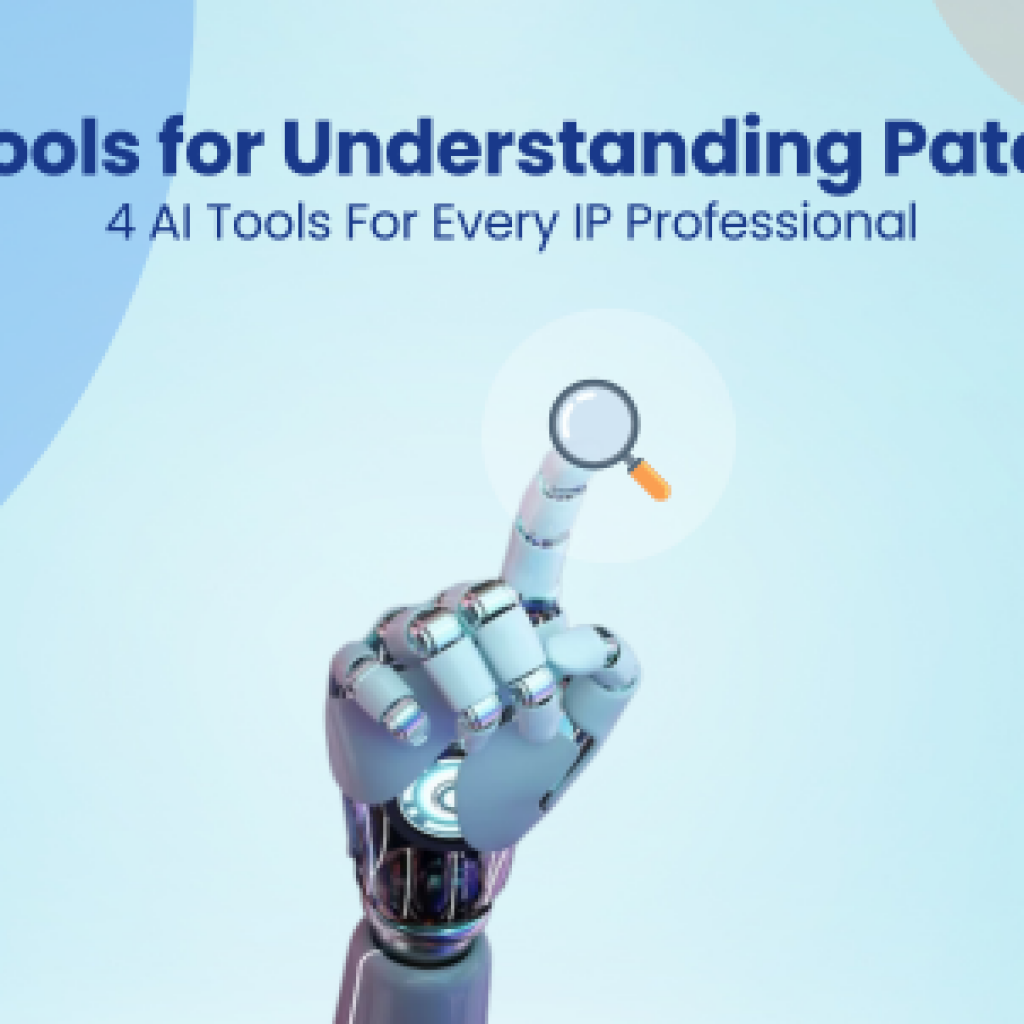With the passage of time, technological terms have evolved drastically. Earlier phones were called radiotelephones, later as mobile stations, and now we use user equipment.
Did you also consider how advancements in technology’s timeline can help in searching for challenging prior art? Great! We also did and found that they helped.
Further, using a technological timeline is a part of our prior art search strategies, which combine conventional and unconventional strategies. This increases the comprehensiveness of a search and minimizes the chances of missing a killer reference. If you want to know how this combination helped us in the past, here is a brief account: 4 Instances Where We Invalidated Patents Using Unconventional Methods
How does a technological timeline Affect a prior art search?
The base of any patent search is keywords. Keywords help formulate logic to reach the desired result, so choosing the right keywords to find prior art becomes all the more critical.
Further, while formulating search logic, terminologies that now have a different name than the past but have the same meaning or functionality don’t find a place in search logic. The image below will help you grasp this better.

How is it possible?
In the field of telecommunication, a place where a signal request gets sent for connecting our call to an end destination is known as a base station (US5926757) in the 2nd generation telecommunication technology(2G), as Node B (US20020049062) in the 3rd generation, and the 4th generation technology, the name for terminology is E node B (US20080167054).
Thus, searching for prior art related to the Encode-B (4G) concept by only using direct terms or related synonyms may not be fruitful. It may miss relevant patents like US20020049062 or US5926757.
It will happen because patents disclosing a concept using NodeB or Base station-like terms get skipped. You, thus, miss many overlapping prior arts. The reason is that telecommunication tech and its terminologies have evolved drastically. Thus, to find prior art for such technology, you need to build a technology timeline for a better view.
What does a technology timeline hold?
The technology timeline guides the prior art search from various aspects.
Looking at the technology timeline for multicast communication, you will find that it provides a broad idea of when various concepts related to it came into being. For example, here, the concept of concern to be searched is ‘peer to peer’ multicast communication which evolved in 1999 as per the above timeline. With this assistance, we can focus our search more on the fillings during this time period.
Along with the above, the GreyB Central search can help us determine what terminologies or concepts were used in past innovations and how they have been interpreted in patents.
From such information, we get to know how a particular concept was being referred to during a particular time period. One such example of ‘peer to peer’ communication is below:

How is the technology timeline useful?
The information from the technology timeline plays a vital role in channeling a search. From the origin to the varied advancements in a domain, a glimpse of all can be checked.
For example, we need to search for the concept related to the MME concept, which is present in the 4th generation of wireless communication.
- MME (Mobility Management Entity—4G) involves the bearer’s activation/deactivation process and selects the service gateway for the user equipment to initiate a call.
From the technology evolution timeline, we tracked the concerned concept and came across different elements of 3G and 2G technology.
- RNC (Radio Network Controller—3G) connects to the Circuit Switched Core Network through MGW (Media Gateway) and to the SGSN (Serving GPRS Support Node) in the Packet Switched Core Network for similar purposes.
- In 2G, we had the functionality of a base station controller on a similar line. It connects several base stations and MSCs (Mobile Switching Centers) to one BSC (Base station controller), which handles network traffic measurement, authentication, and handover management. For example, when a serving BTS does not receive sufficient signal from a mobile phone, the BSC will hand over the signal to another cell site to ensure optimal transmission power for the mobile user(s).
Moreover, various other aspects, like assignees who were active in research and functional in the past but closed their business, can also be tracked via this. Further, non-patent literature, including related concepts/ideas published, is also identified. All these can drastically change the search output.
Like the Technology Timeline, we explore other venues to make our prior art search comprehensive. One such venue is Standards, regarding which you can read more here: How we invalidate patents using standards.
Authored By: Shikhar Sahni, SVP, Operations.









